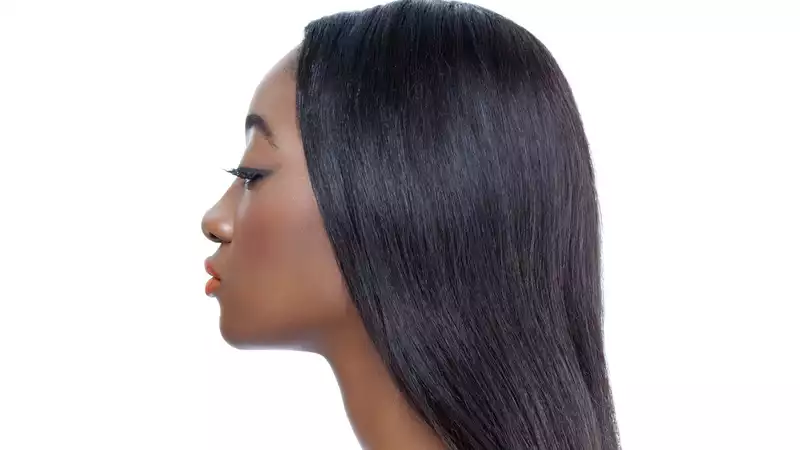
New Study Suggests Chemical Hair Straightening Increases Risk of Uterine Cancer in Women
Hair straighteners have long been a routine styling option, especially for women in the black community. However, new information released by the National Institutes of Health shows that hair relaxers contain toxic ingredients such as parabens, bisphenol A, metals, and formaldehyde that put women at a much higher risk of developing uterine cancer.
The results came from an 11-year follow-up study of more than 33,000 women between the ages of 35 and 74. As a result, 378 women were diagnosed with uterine cancer. Although genetics and other factors played a role, the researchers were able to prove that women who used chemical hair straighteners four or more times a year were at twice the risk. Sixty percent of them were black. [Dr. Alexandra White, head of the NIEHS Environment and Cancer Epidemiology group and lead author of the study, said, "We estimated that 1.64% of women who have never used hair straighteners will develop uterine cancer by age 70 This doubling rate is concerning," she said. This doubling rate is concerning." However, uterine cancer is a relatively rare type of cancer.
Che-Jung Chang, Ph.D., author of the new study and a research fellow in the NIEHS Epidemiology Division, noted that these results are more "relevant" for black women because black women have historically used relaxers more frequently and at younger ages. Such is the case with Jenny Mitchell, a 32-year-old woman diagnosed with uterine cancer after using chemical hair straighteners for 22 years; in accordance with the link established by the NIH study, she sued L'Oreal USA, the parent company that manufactured the various chemical hair straighteners and relaxers she used for years.
"Like many young African American girls, chemical relaxers and chemical straighteners were introduced to us at an early age," Mitchell said in legal documents obtained by CNN. 'Society has made it the norm to look a certain way in order to feel a certain way. And I am the first of many voices that will come forward that will stand up to these companies and say, 'Enough is enough.'"
L'Oreal has yet to issue a statement at this time.
While the news is alarming, Crystal Agu, M.D., associate professor of dermatology at Johns Hopkins Medical School and a hair expert, cautions against panic. She explained in a tweet, "Because this study, called the Sister Study, surveyed participants who had at least one sister diagnosed with breast cancer, this population is probably at higher risk of developing breast cancer (or other gynecological cancers) than other women."
"This study compared the incidence of uterine cancer in women who 1) used hair dye and 2) used hair straightening products in the past 12 months to women who did not use those products," she continued. She continued, "Hair straightening uses include relaxers, keratin treatments, thermal straightening (like flat irons and silk presses), curly perms, and deep body waves.
"However, there was no difference in the incidence of uterine cancer in women who had never used it compared to women who used it less than four times a year." Most of the difference in uterine cancer incidence was due to frequent users, who had a 2.55-fold risk of developing uterine cancer compared to controls."
[16"The overall risk of uterine cancer is quite low, so it is important to remember that," she concluded."
"For now, if you want to change your routine, there is no downside to reducing the frequency of hair straightening to once every 12 weeks or more, as this may reduce your risk.
While the results of the NIH study are disturbing, it should be remembered that uterine cancer accounts for only 3.5 percent of all cancer diagnoses. More research is needed to establish a relationship between chemical hair straighteners and uterine cancer. To our knowledge, this is the first epidemiologic study to examine the relationship between hair straightener use and uterine cancer." Further research is needed to confirm these findings in different populations, to determine whether hair products contribute to health disparities in uterine cancer, and to identify specific chemicals that may be increasing cancer risk in women."
.
Comments